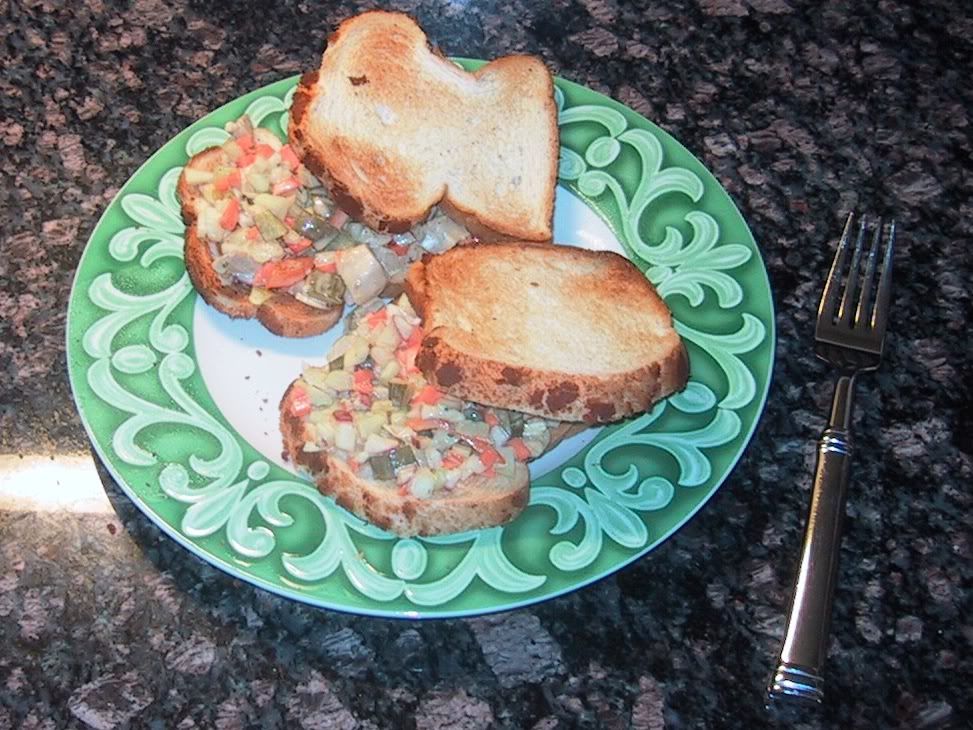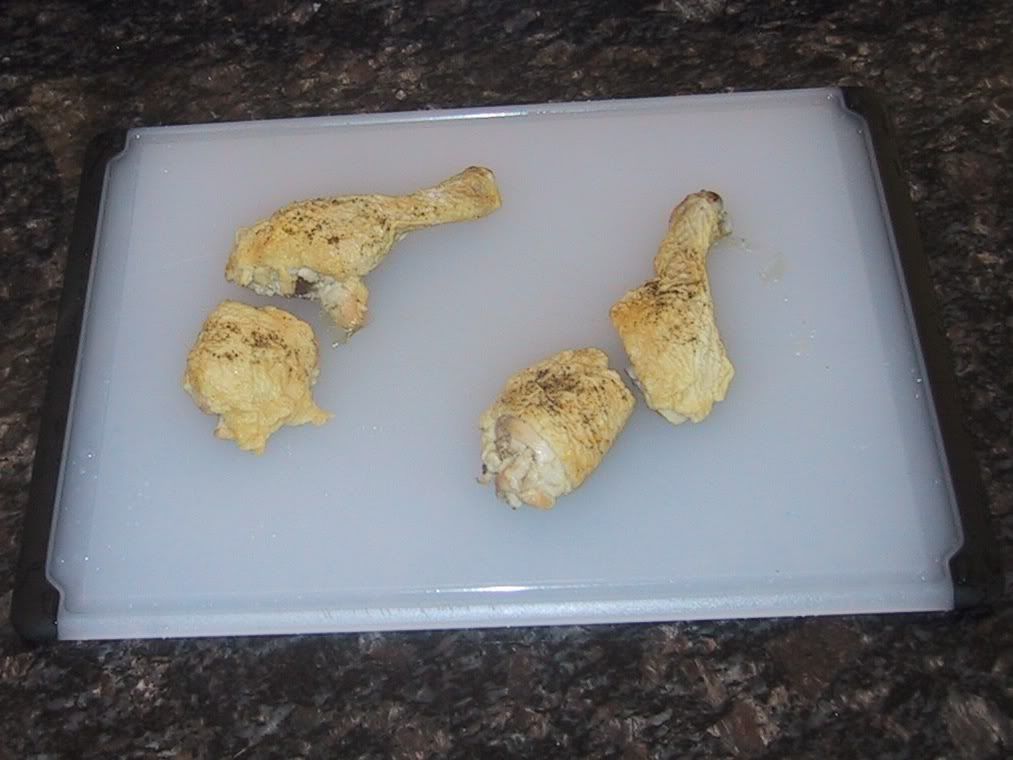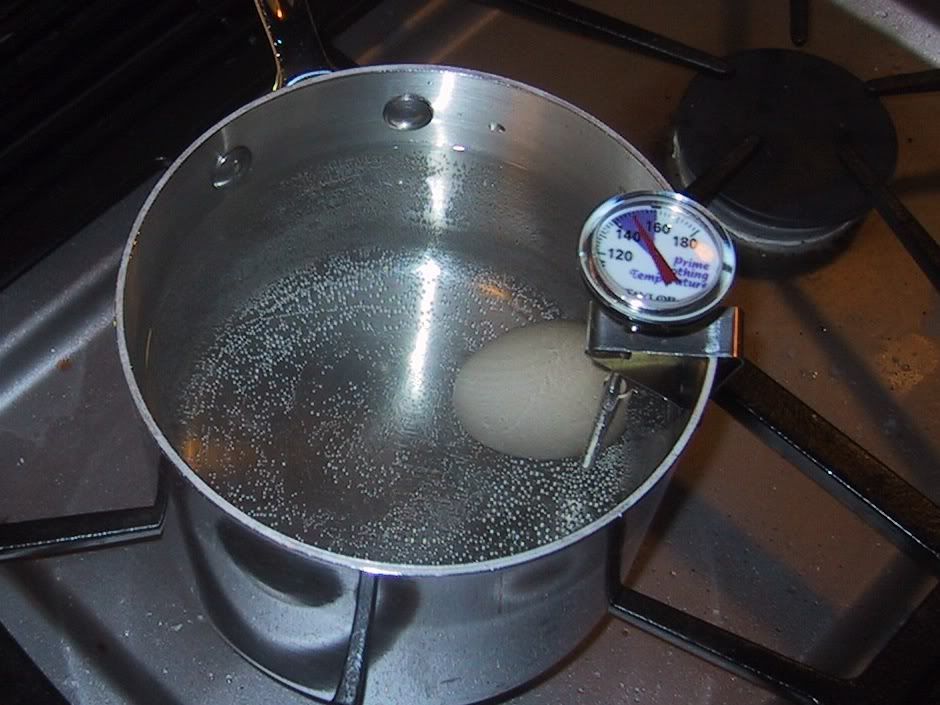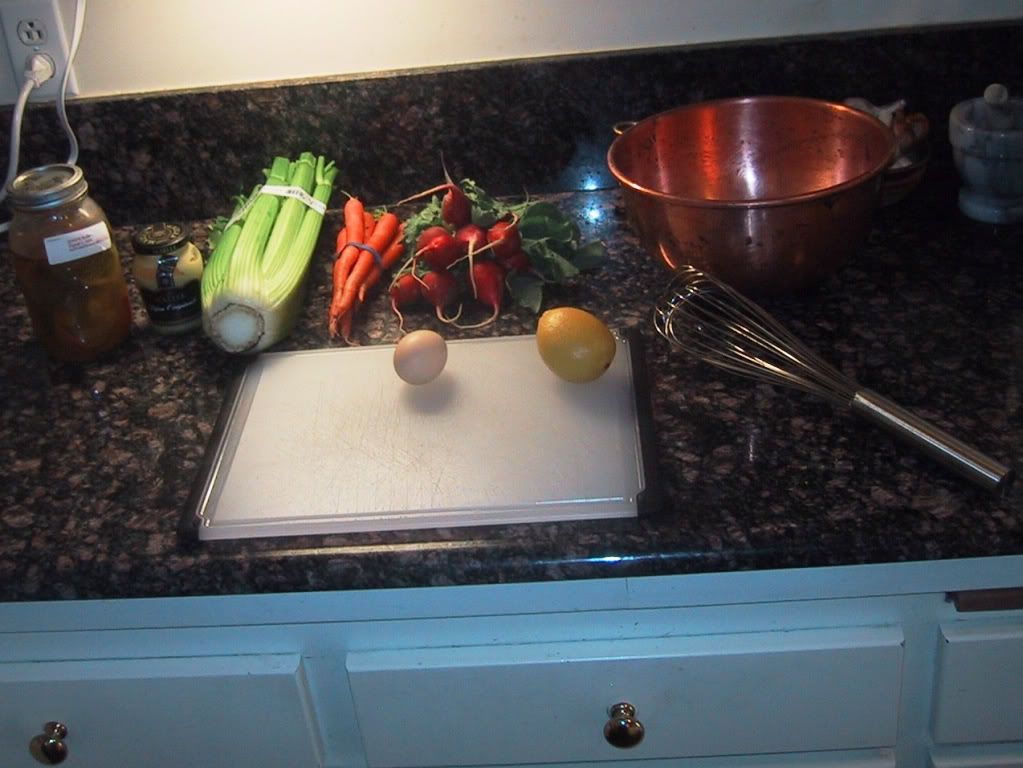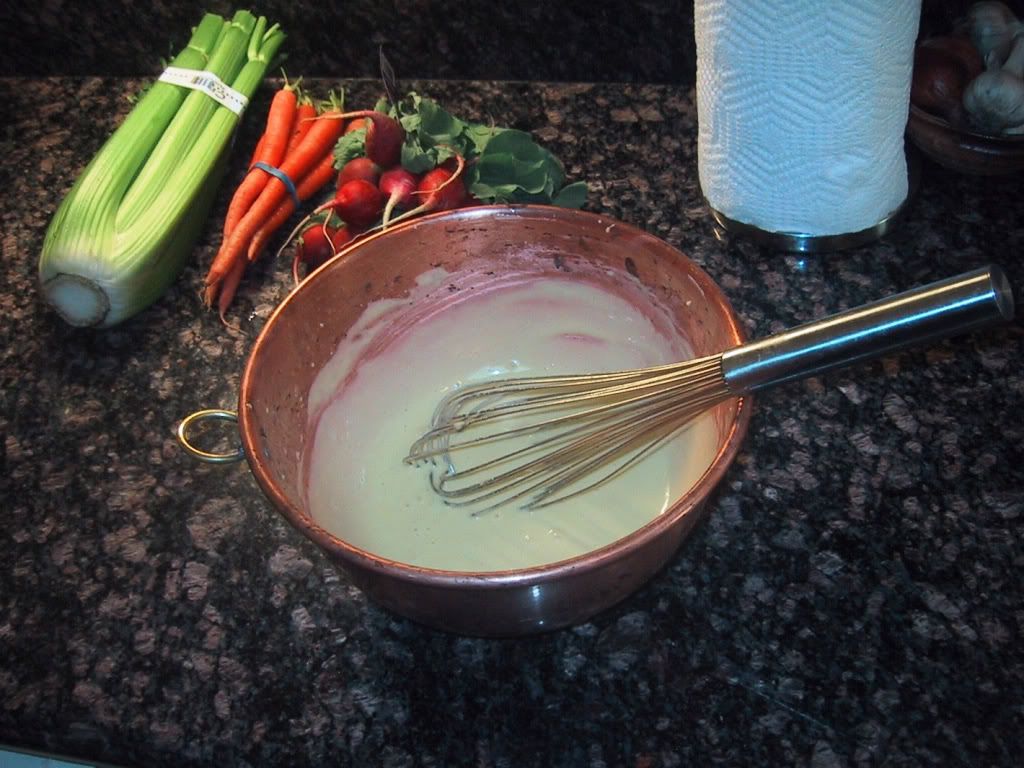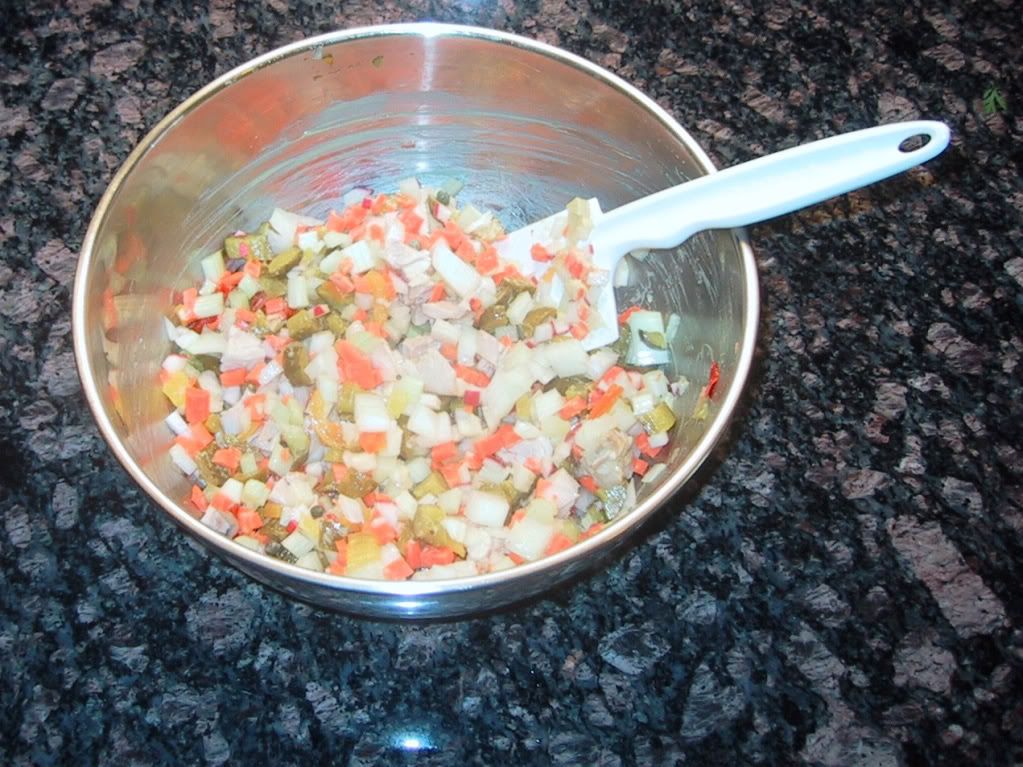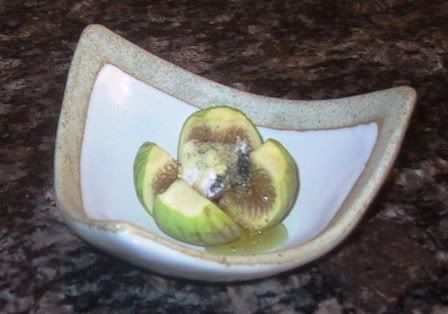As an adult I still love corn on the cob, especially if it is picked no more than the the day before I eat it. This is a great year for sweet corn. There is a stall at the Ferry Building Farmer’s Market that has pretty good white corn. The best I have had, ever, is the heirloom yellow and white that a farmer offers at the Burlingame Farmer’s Market on Sunday. The corn is grown in Gilroy where the hot weather is perfect for growing grain like corn. The farmer has consistently had white corn that is super sweet and crisp. Occasionally they have the heirloom variety which is also crisp and sweet with a more complex almost nutty flavor that comes through when I grill it.
There are a few basic ways I cook fresh corn depending on if I want to fire up my grill or not. Friday and Saturday were sweltering hot in Burlingame, so I took the kitchen outside to my simple Weber kettle grill. About 30 minutes before grilling the corn, I start the coals in my chimney to get the grill going, and I put the ears in my sink in cold water to soak. Be sure to leave the husks on for outdoor grilling. When ready, I pour the glowing coals onto one side of the grill so that I have two distinct cooking areas: One over direct heat which has the coals below, and the other side for indirect heat that does not have any coals below. I always set up my grill this way no matter what I plan to cook. For meats, I sear over the coals with the lid off to get perfect grill marks, and finish indirect with the lid on to get the perfect temperature and a good infusion of smoke. Before the meat or vegetables go on, I place the corn at the edge of the direct heat area to get the steam going inside the husks. I rotate the corn a quarter turn every three or four minutes as the husks get a toasted look to them. Once the whole corn is tan, I remove from the grill and wrap in foil while I cook the meat, which takes five to seven minutes depending on what I am grilling (usually boneless chicken breasts, hamburgers, or steaks). While the meat is resting I shuck the corn. If all I want is some butter and salt, I shuck an ear, roll in butter, have Stacy sprinkle a bit of salt while I rotate the ear, and put it back into the foil to keep it hot. I repeat this process one ear at a time. If I want some grill marks on the corn, I take the shucked ears to my grill for a quick sear over direct heat and then move them to the indirect side to keep hot. I then repeat the butter and salt process and rewrap the ears to keep them hot until opened at the table. Delicious!
This weekend Stacy and I enjoyed one of those rare weekends that our plans were simply “do nothing”. We savor the opportunity to be completely spontaneous for two days particularly over a hot and lazy late summer weekend. We made our usual trip to the Market with our only task to buy a few items for our meals over the coming week. After picking up eggs, plums, peaches, strawberries, runner beans, red onions, a few varieties of heirloom tomatoes, English peas, Brussels sprouts (the first of the season), and some carrots, we decided to have lunch seated at the bar at Slanted Door. If you arrive a few minutes before eleven you are guaranteed a seat at the bar, and lately even a table if you want. We like to sit at the bar to chat with the bartender as we enjoy a sort of Asian tapas meal. Stacy loves the Reposado (rested and aged in wood) margarita up with no salt which is served in a chilled martini glass. I always ask the bartender for a white wine recommendation since their wine list is incomprehensible to me as I rarely drink the floral sweet wines from Eastern Europe that they feature. I usually get a dry Riesling reminiscent of Chablis that pairs well with the flavors Chef Phan imparts into his dishes.
The food is always fresh and a mix of seasonal and regional ingredients that Phan uses to achieve his fusion of East and West. The menu includes a vegetables section at the bottom that features something sourced from a local farm as an ingredient in a vegetable side dish. We frequently order a vegetable dish accompanied by broken white rice as our entrée, as we did this Saturday. The dish was white corn from Catalan Family Farm that was grilled and stripped from the ears. The chef then fired some chanterelles in a hot oiled wok with some scallions, fish sauce, a hint of chili, and the corn kernels.
I plan to duplicate the recipe tonight using my Lodge cast iron wok and the heirloom corn I bought today at the Burlingame Market. I’ll let you know how it turns out.

